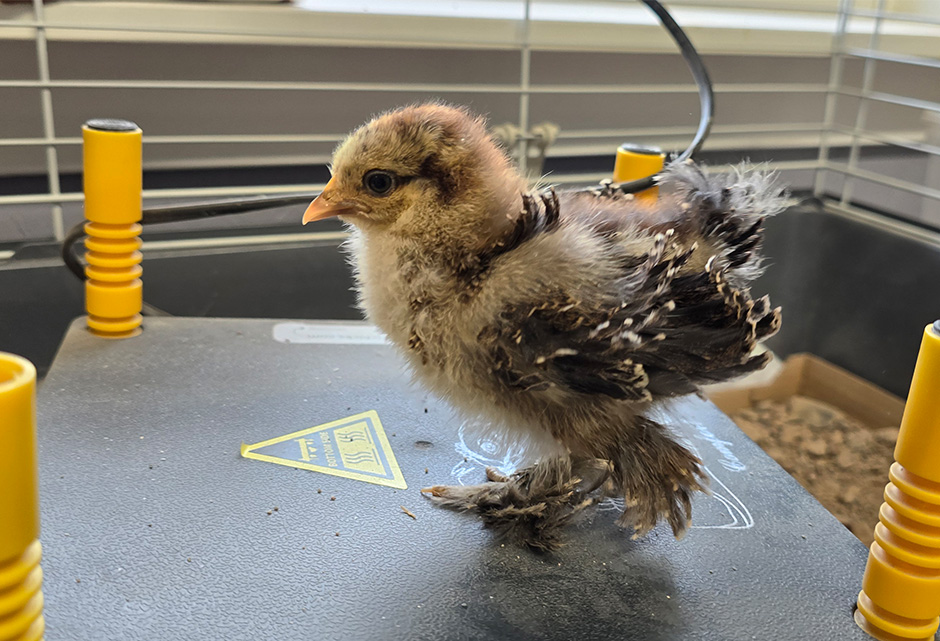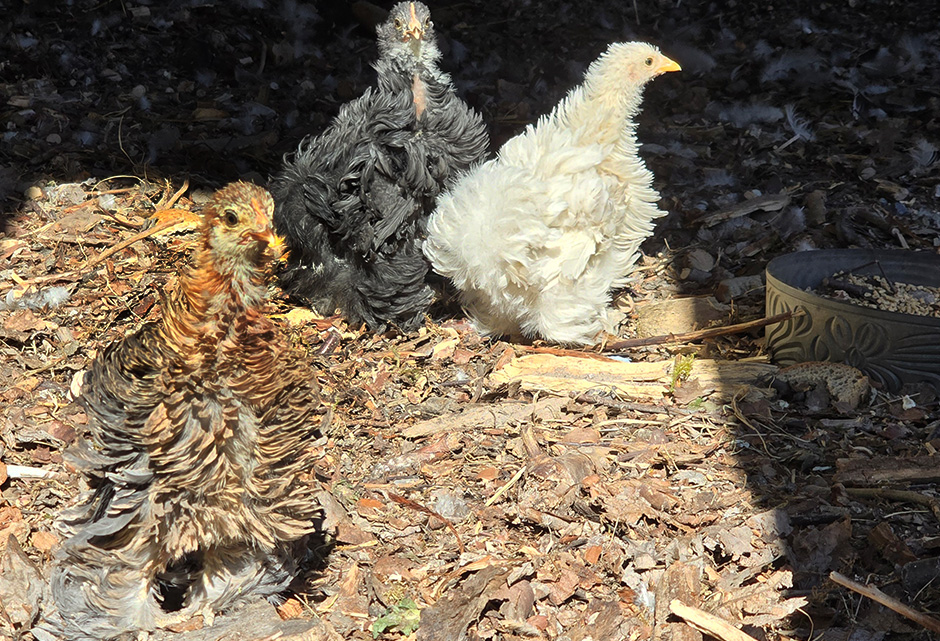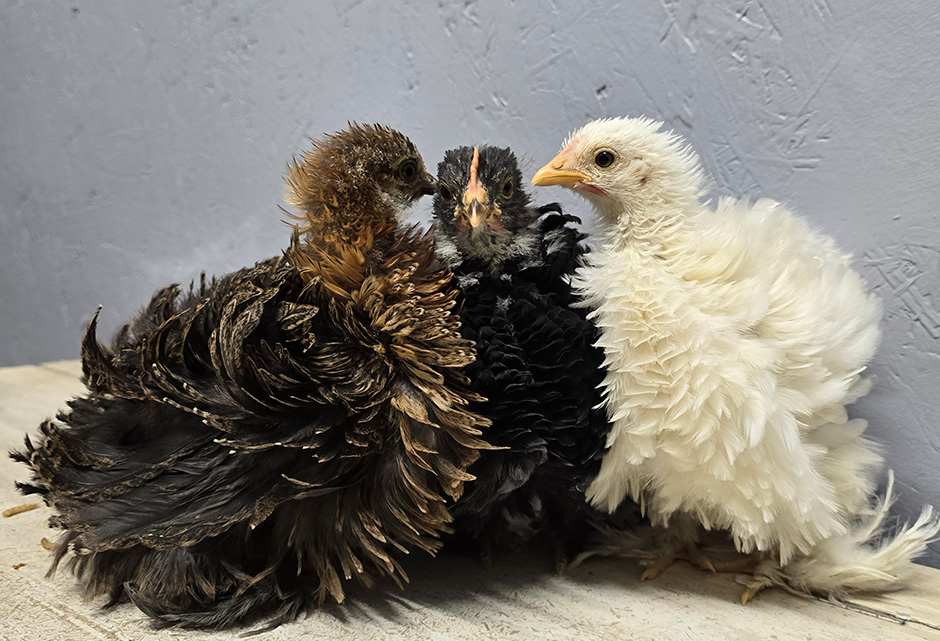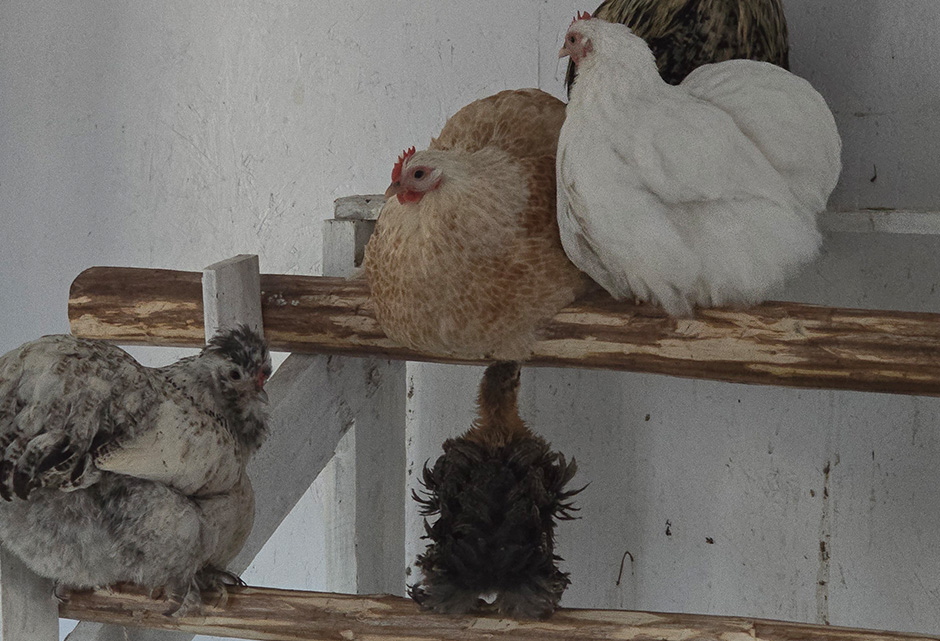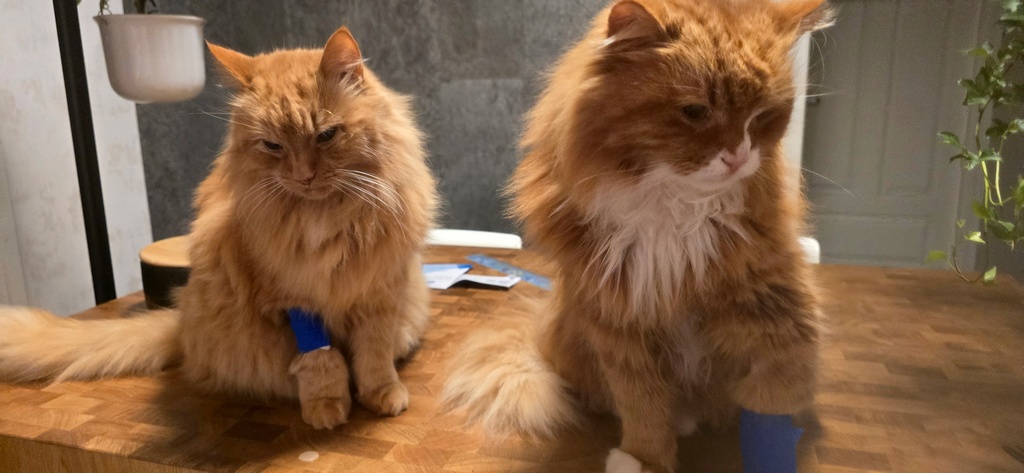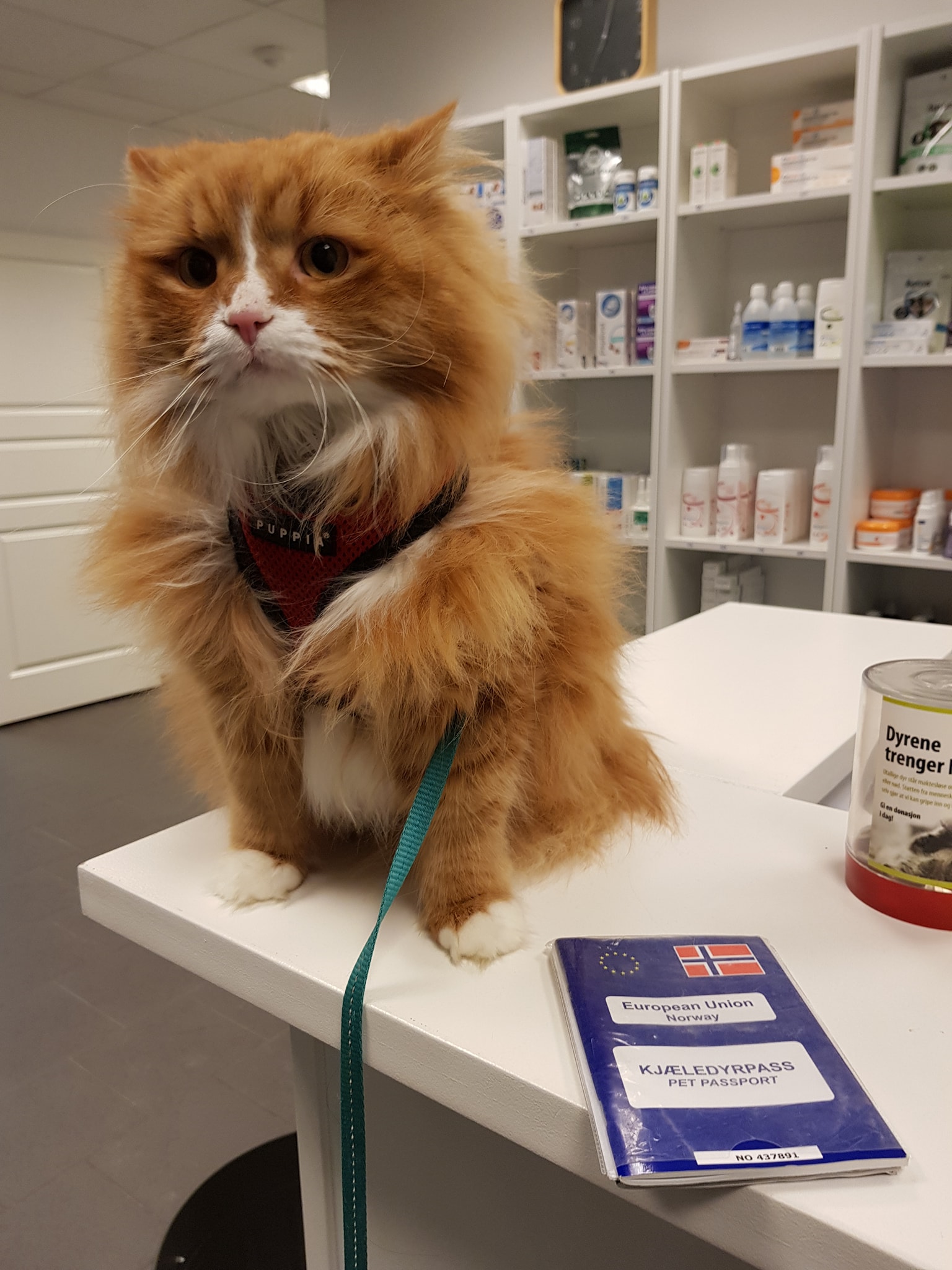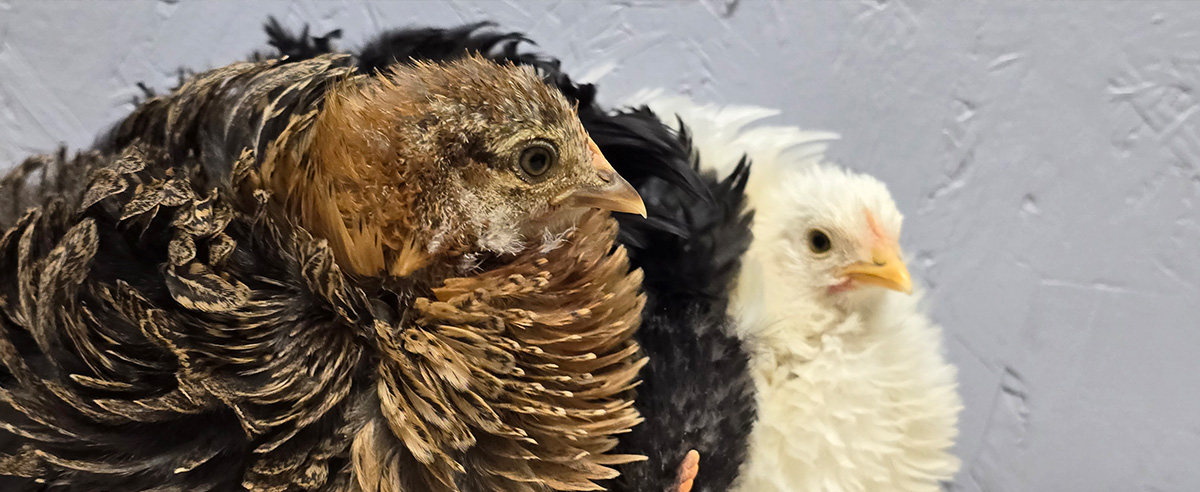
Chaos in the Henhouse
Late winter and spring are the perfect time to bring in new little chicks for the summer. Normally, the younger hens get broody around this time, but when these chicks arrived, all the hens had jumped out of the nesting boxes. So the chicks had to stay indoors until they were big enough to be safely introduced to the flock.
Think introducing cats to each other is hard?
Try hens—it’s the ultimate animal introduction challenge!
Some hens are simply sharper in the beak than others and flat-out refuse to accept newcomers. It can feel like a rather unfriendly girls’ club—full of bossiness and pecking. And sometimes, you’ve just got a "Karen" in the flock.
They’re not just unfriendly—they can be downright brutal. They’ll peck at the ones they don’t like until they bleed, or worse.
After many rounds of chick, hen, and rooster introductions over the years, introducing cats feels almost easy in comparison—at least they don’t eat each other!
Hens aren’t dumb or mean, but they need some planning and adjustment to help new members settle in.
It doesn’t matter if it’s a grown hen or a tiny chick—if she doesn’t like her, she’ll peck and chase her away at every opportunity.
Here’s how we handled the curly chicks:
-
They spent daytime in the henhouse while the flock was outside, so they could get familiar with the space without being scared or chased.
-
Then they got their own little house in a separated part of the henhouse, fenced with netting, so they could see the others without direct contact.
-
After a few days, we opened it up so they could walk freely with the rest. If needed, we temporarily removed the most aggressive hens.
-
When the whole flock is together, we make sure to have multiple food and water stations, and place boxes and hiding spots so the chicks can escape if someone gets nasty.
-
And most importantly: There must be enough space! Too many hens in a small area increases the risk of conflict—just like with many other species.
Luckily, we have pretty friendly hens, and Tåppen took the curly chicks under her wing and "showed them around" the indoor and outdoor areas of Pippinham.
By that same evening, the curly ones were already roosting side by side with the adult hens.
A little time and adjustment is all it takes—usually, they settle into the flock just fine.
And for those of you wondering if little brother Odin was behind the curly chicks’ feather damage: they haven’t been near paws or teeth!
But now we’re missing a new Silkie hen, and we’re on the lookout for eggs or chicks to find a worthy successor to our dear Tuppsi.

